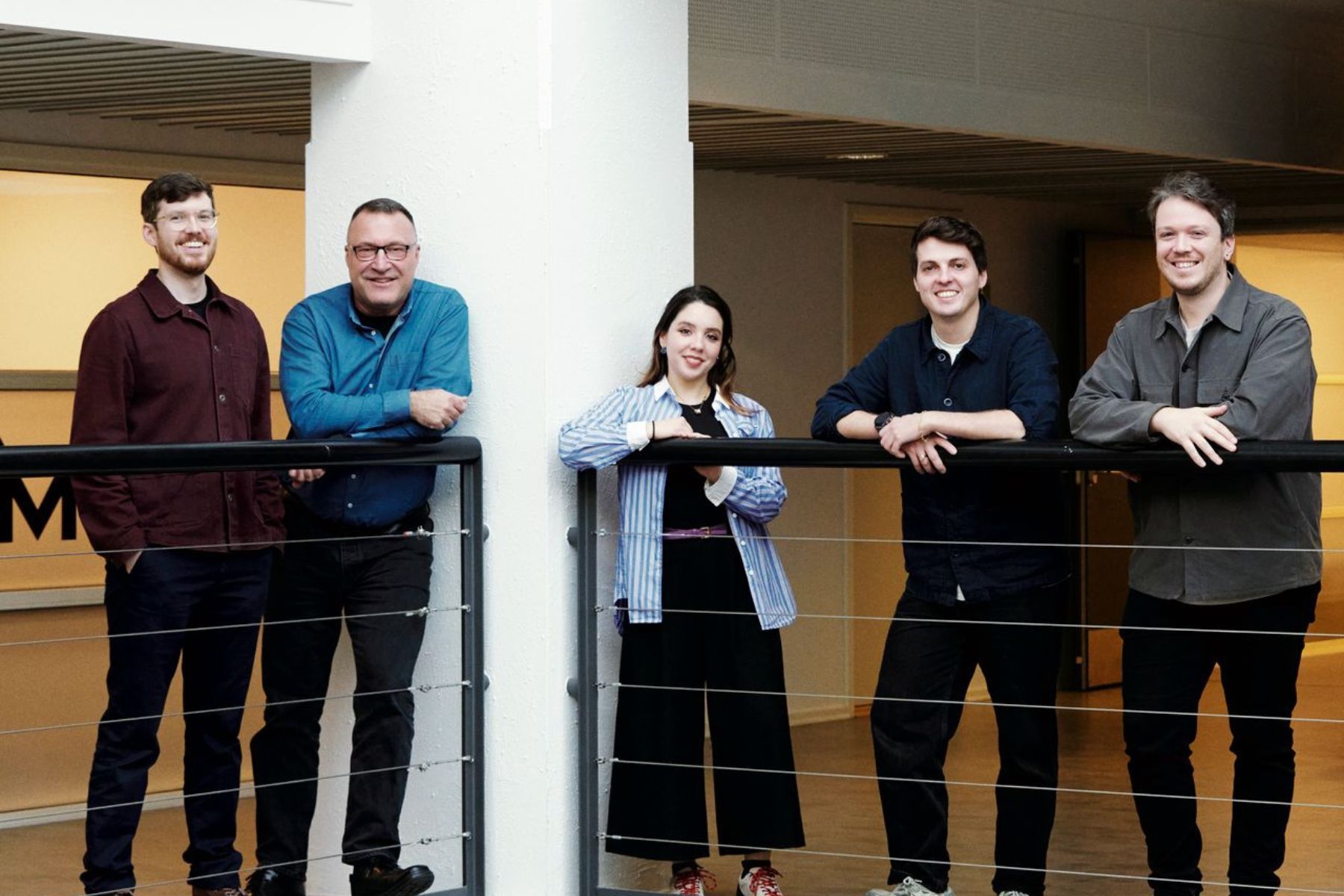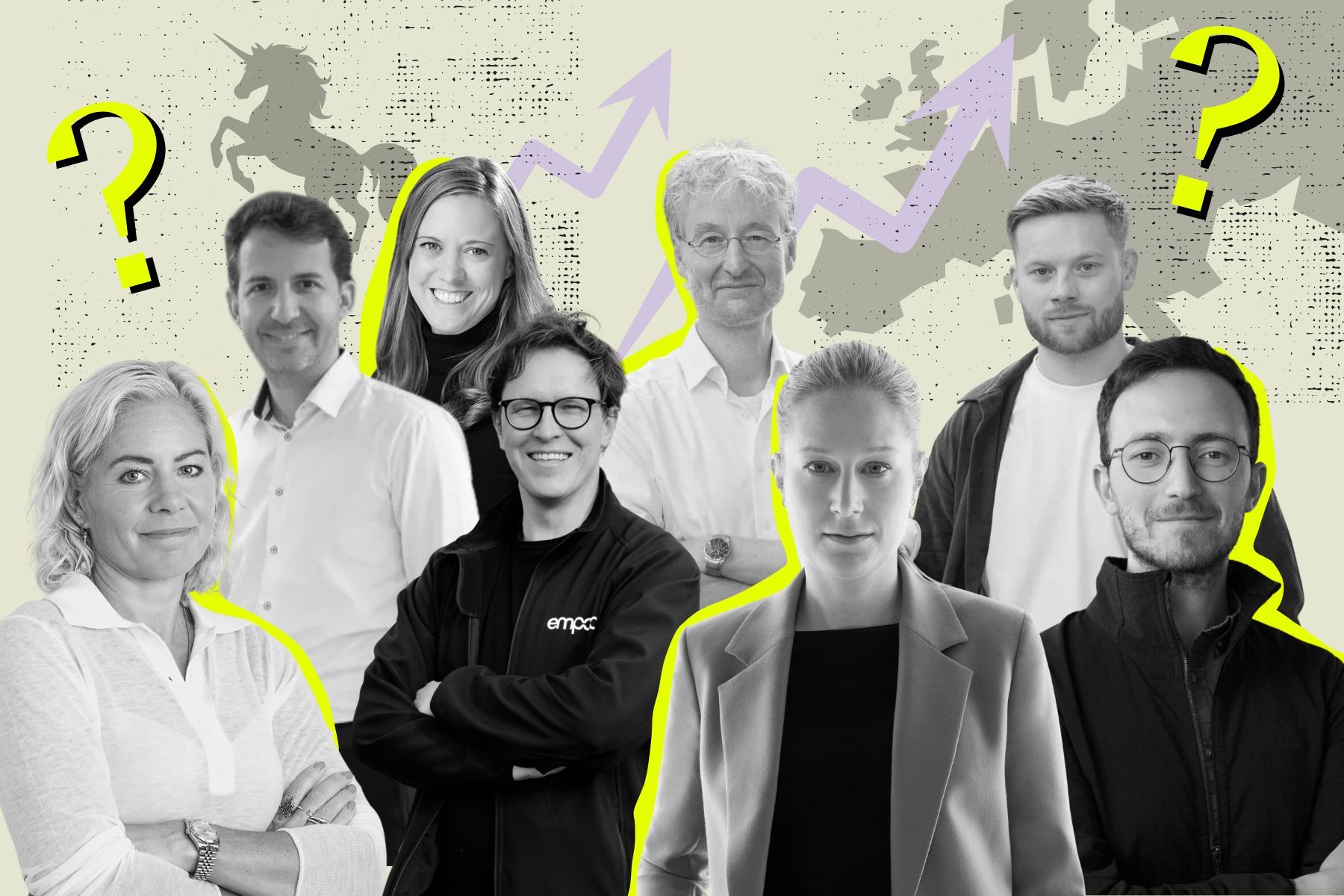Carbon removal tech must scale 1,000-fold to reach climate goals, finds report
Many of Europe’s net-zero plans depend on large-scale carbon removal, but most of the required technology remains in its infancy. And a recent study highlights the scale of the challenge facing policymakers and innovators alike.<br><br>By 2050, the UK alone is planning to deliver 60-70 times more engineered carbon removals annually than the entire world currently achieves combined.<br><br>That poses a massive challenge – but also a huge growth opportunity for carbon removal startups. <br>
.png)

When Europe’s leaders talk about “net zero,” most of the focus falls on emissions cuts – cleaner energy, electrified transport, greener buildings. But many national climate plans also hinge on an assumption that we’ll one day be able to suck vast amounts of carbon out of the atmosphere.
According to a new peer-reviewed study in Climate Policy, that assumption is enormous. Globally, governments are banking on a thousand-fold expansion in carbon removal capacity – from today’s 1.3 million tonnes of engineered removals per year globally to billions of tonnes by mid-century.
A massive gap
The study, led by researchers at Oxford and Imperial College, analysed 71 national long-term climate strategies submitted to the UN.
It found that while 2.2 Gt CO₂ is currently removed each year through conventional land sinks like forests, only 0.0013 Gt CO₂ comes from engineered technologies such as bioenergy with carbon capture and storage (BECCS) or direct air capture (DACCS).
Yet many governments are relying on the rapid commercialisation of these “novel” technologies to meet their climate goals.
For one, the UK’s strategy relies on between 52-58 million tonnes of removals from bioenergy with carbon capture and storage (BECCS) and another 18-29 million tonnes from direct air capture (DACCS) by 2050. That’s 60-70 times more engineered carbon removals each year than the entire world currently achieves combined.
What it means for carbon removal startups and investors
While the paper warns governments against overreliance on carbon removal, it’s pragmatic about the key role the technology will play in preventing humanity from blowing past its climate goals.
The authors point to where innovation is most-needed, underscoring the urgency of developing lower-cost, easier-to-deploy removals like biochar, soil carbon, and mineralisation.
They also highlight major gaps in how countries plan to measure and verify removals, which is driving demand for credible MRV (measurement, reporting and verification) systems.
Moreover, technologies that capture emissions but use them to create useful products, such as green concrete or jet fuels, could help create more sustainable business models for carbon removal.
Across Europe, a new generation of startups is emerging to tackle that scale-up challenge.
Finland’s Carbo Culture, led by Henrietta Moon, is developing high-durability biochar-based carbon removal; Italy’s Limenet, founded by Stefano Cappello, turns industrial CO2 into limestone through mineralisation; and the UK’s Mission Zero, co-founded by Nicholas Chadwick, is advancing electrochemical direct air capture designed to cut costs and energy use.
Pictured top: Henrietta Moon, CEO and co-founder of Carbo Culture (left), Limenet founder Stefano Cappello (centre), and Mission zero co-founder Nicholas Chadwick.
Get full access to Europe's new platform for impact news
- Quality journalism, interviews, investor profiles and deep-dives
- Daily newsletter with top stories, latest funding rounds and roundup to keep you in the loop
Keep reading – get in the loop!
- Håll dig i loopen med vårt dagliga nyhetsbrev (gratis!)
- Full tillgång till daglig kvalitetsjournalistik med allt du behöver veta inom impact
- Affärsnätverk för entreprenörer och investerare med månatliga meetups
Fortsätt läsa – kom in i loopen!
- Håll dig i loopen med vårt dagliga nyhetsbrev (gratis)!
- Full tillgång till daglig kvalitetsjournalistik med allt du behöver veta inom impact
- Affärsnätverk för entreprenörer och investerare med månatliga meetups









